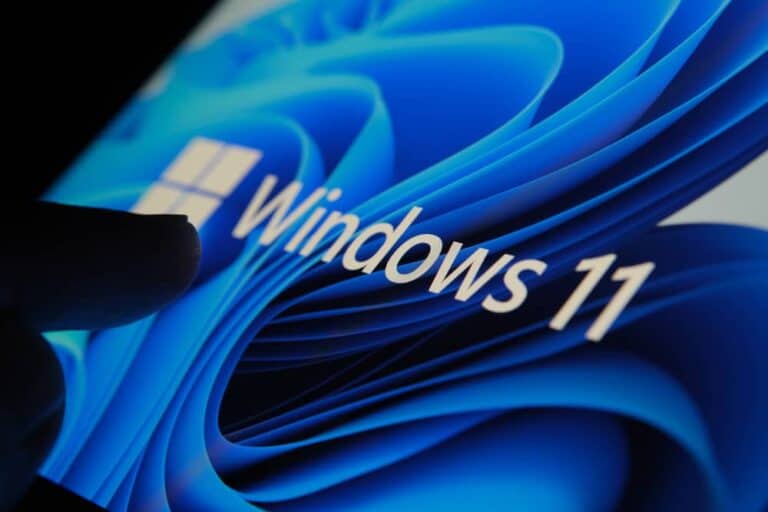Microsoft has shown new benchmarks that demonstrate that Windows 11 performs significantly faster than Windows 10. The company claims 2.3 times faster performance and better battery life. The figures are based on tests conducted in December 2024. The benchmarks are not entirely comparable.
The test results show that Windows 11 PCs score better on battery life, Office usage, and web performance. Microsoft bases these conclusions on a 95 percent confidence interval and has taken outliers into account. Such evidence is relevant for the adoption of Windows 11, which is currently accelerating out of necessity.
Claims about Windows 11 performance have been around for some time. In 2021, when Windows 11 was released, Microsoft stated that the new operating system makes better use of hardware. Last year, the company already demonstrated performance improvements, but without supporting data. Now Microsoft is presenting concrete figures from its own December tests.
Intel chips and hardware differences
It is noteworthy that Microsoft used only Intel processors for the comparison. The company also recently recommended Intel chips for Windows 11 Pro PCs. The test setup compares Windows 10 systems with Intel Core 6th, 8th, and 10th generation chips against Windows 11 machines with Intel Core 12th and 13th generation processors. In fact, there are always two variables: the operating systems and the chip generations.
These hardware differences play a huge role in performance improvements. Microsoft acknowledges that the underlying hardware is a contributing factor to the claimed improvements, but does not believe that it is the only decisive factor. A direct comparison between the two operating systems on identical hardware is not possible because Windows 11 does not officially work on many older systems.
In addition, the latest Intel processors are designed with heterogeneous cores (faster cores on the one hand and more efficient cores on the other), which requires more complex hardware scheduling than Windows 10 can handle. At the same time, only the later Intel generations are compatible with Windows 11, leaving only a small overlap in which a ‘fair’ balance can be made. Ultimately, these tests mainly revolve around the fact that a newer PC is simply much faster than a system that is now more than five years old.
Specific test methods
For the battery test, Microsoft played a local 1080p 24fps MP4 video file until the battery was 90 percent discharged. The settings were standard, except for the screen brightness (150 nits) and automatic brightness control, which was turned off. WiFi remained connected to a network.
The claim of 2.3 times faster performance comes from Geekbench 6 results. For web performance, Microsoft used Speedometer, without specifying the version. Office performance was measured using Procyon Office productivity.
Timing and market pressure
The reason for the timing of this benchmark publication is fairly transparent. Windows 10 will lose support on October 14, 2025, leaving users with the choice of upgrading or purchasing Extended Security Updates. There is a workaround via a free year of updates by creating a backup, but that is only a 12-month stay of execution.
Microsoft clearly wants to convince the last doubters with concrete performance data. However, it remains debatable whether the measured improvements are actually due to the operating system alone or largely to newer hardware. This makes it just one of many arguments Microsoft is using to finally get users off the venerable Windows 10 after ten years.
